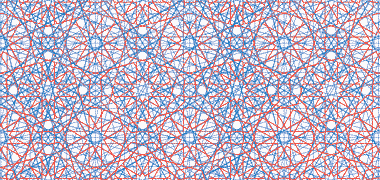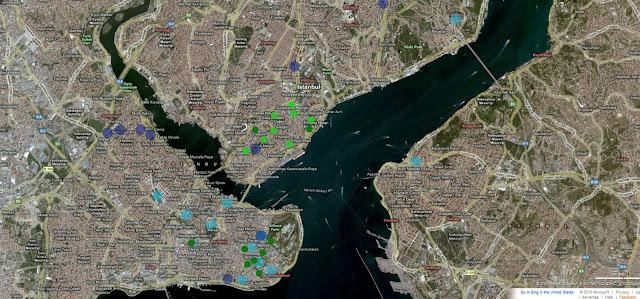Friday 26 November 2010
Residents of gated communities and gecekondu share the same land but don't meet each other. Disintegration can be detected on many levels: social, cultural, urban. I think it's a dangerous trend. I am looking at modern Istanbul though the prism of disintegration trying to understand how it reflects in urban fabric.
The information contained in this data section summarises research undertaken by Urban Age since 2005. It includes an overview about urban trends in Istanbul and places it in a comparative context with other world cities, including New York, Shanghai, London, Johannesburg, Mexico City, Berlin, Mumbai and São Paulo. By investigating differing patterns of urban density, transport and governance, together with a wide range of social and economic indicators, the information provides unique insight into the DNA of cities today.
Thursday 25 November 2010
Wednesday 24 November 2010
my urban archive: what if...
my urban archive: what if...: "So what if those patterns were to make a city?What if Istanbul was read as a carpet?Making a quick sketch about this notion I came up with....."
Monday 22 November 2010
arabic symbols/ meanings & matching
All Arabic patterns are based on the circle and its center. The circle as a symbol emphasizes on religion and God. It also symbolizes the role of Mecca, the center of Islam towards which all Muslim face during prayer. It is a symbol of eternity, justice and equality as well. From the circle derive the four fundamental figures below:
1. The Triangle that stands for harmony
2. The Square that symbolizes the physical world and materiality
3. The Hexagon that stands for heaven
4. And the Star that shows equal radiation towards all directions starting from a central point.
The basic compositional rules of the above elements are repetition and complexity.
So based on those symbols representations, the elements we are willing to represent in our carpet can be shown as follows:
1. The Triangle for all cultural spaces
2. The Square for bazaars and economical districts
3. The Hexagon for religious spaces( mosques and churches)
4. The Star for universities and academies.
Below are some quick depictions of those basic patterns.
Friday 19 November 2010
Istanbul's unemployment rate
studying arabic patterns
I found some pictures showing how someone can study and understand the arabic geometries.
Above is the link from which the pictures were taken
Thursday 18 November 2010
The diagram that follow is an attempt to include the information having gathered up to now in one map going slowly towards the direction of creating a pattern of the city.
A part of my personal blog might also be useful
Subscribe to:
Posts (Atom)





























